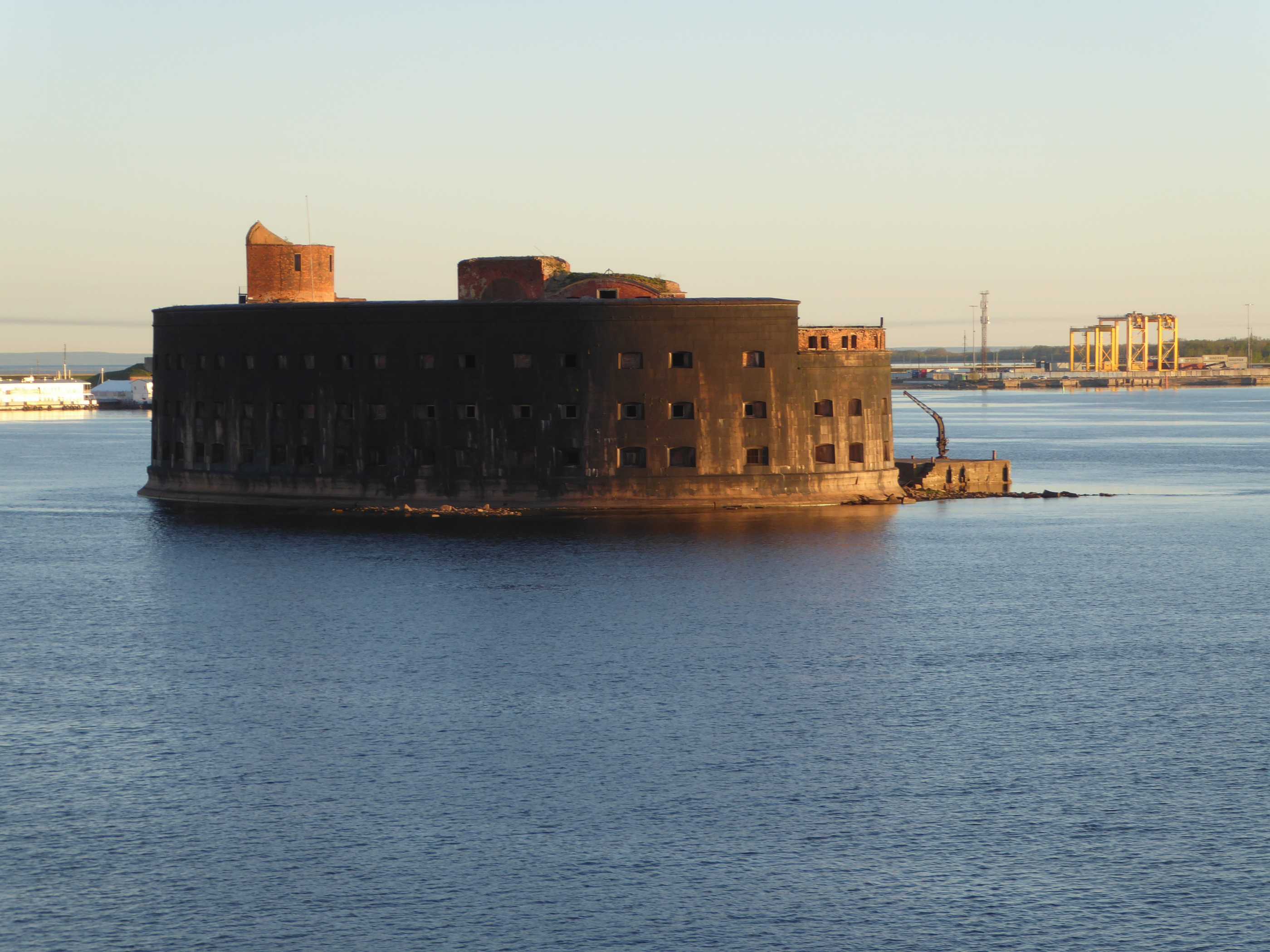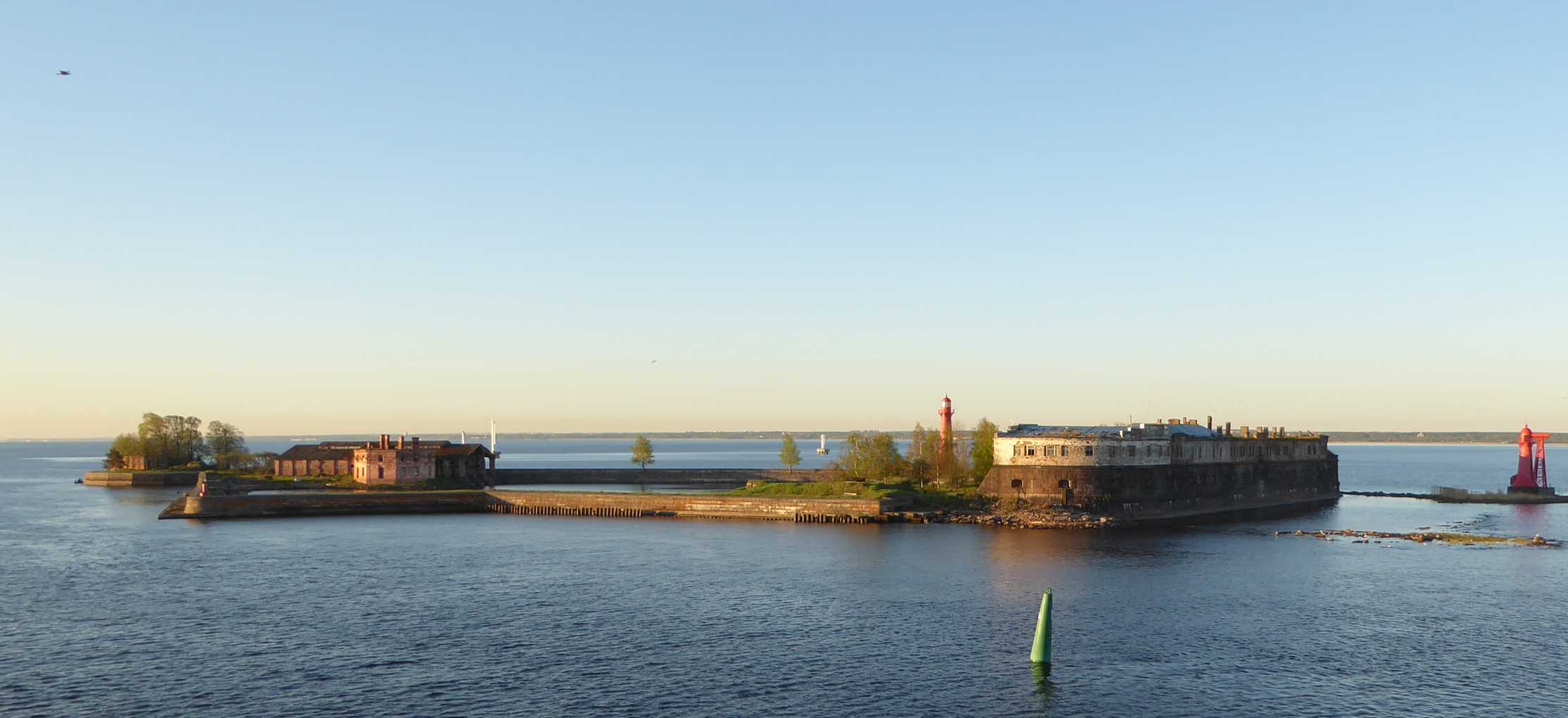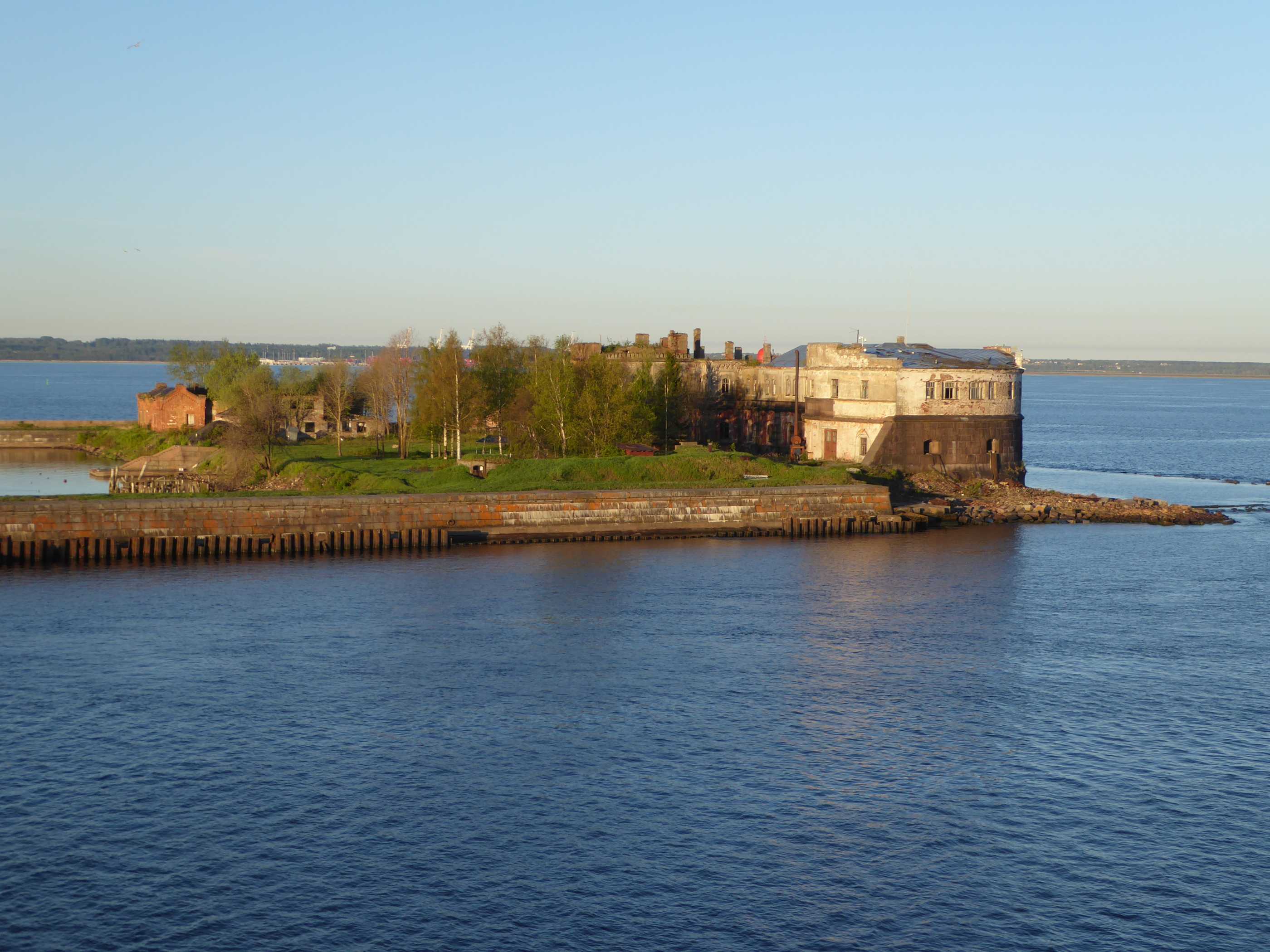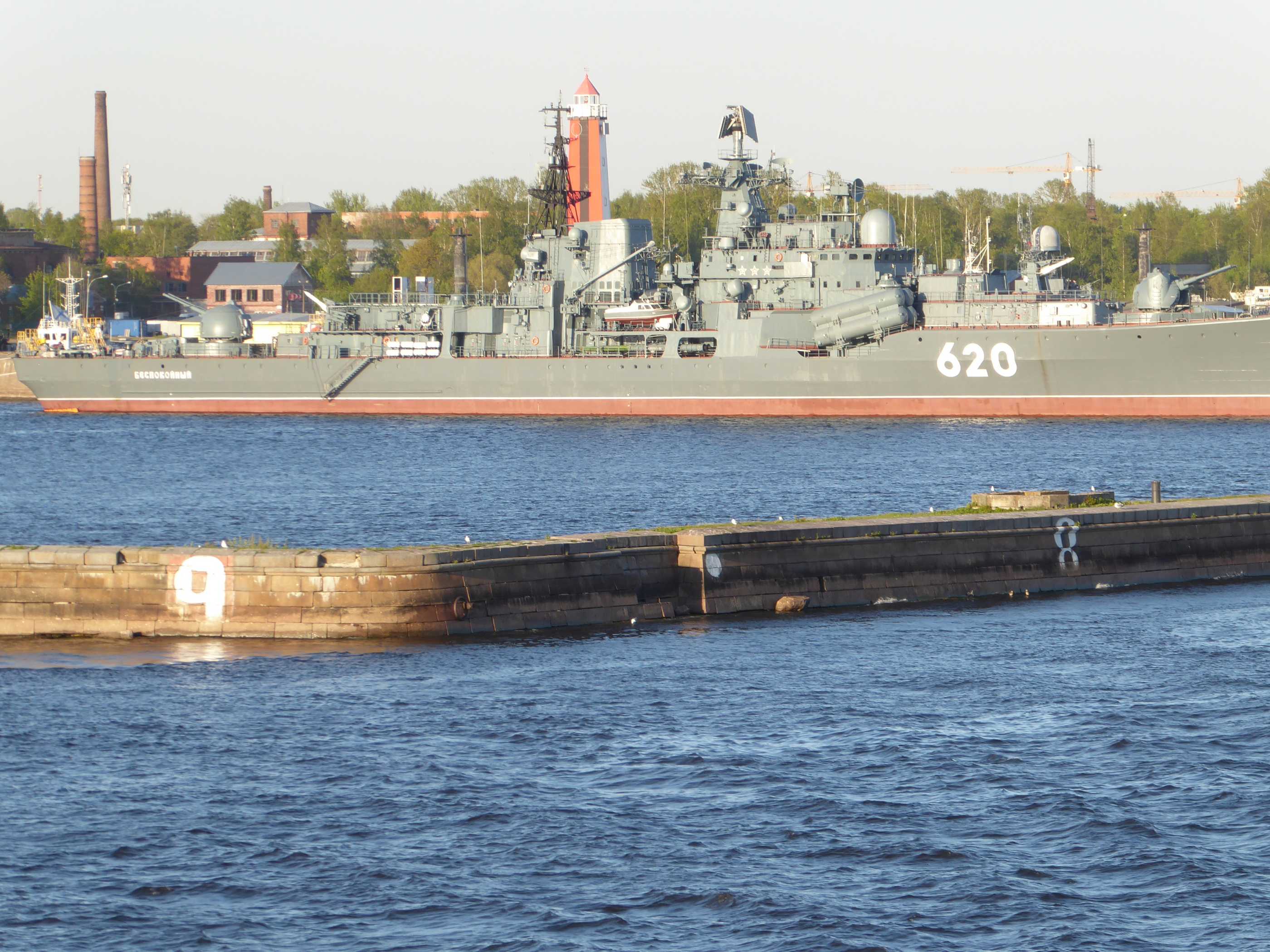The Dragon’s Voice
In this edition, we have an article from Keith on his summer meanderings, a review of a book on the creation of the “Middle East” (which is an area that didn’t exist before WWI) and an endnote on the centenary in August of a forgotten action of the Royal Navy.
Trevor
The Programme for 2019
October 5th: tba
November 2nd: tba
Summer Wanderings
Keith Walker
My first trip of the summer was to Bala to visit the “World of Mary Jones” which is situated a mile outside Bala at Llanycil. The exhibition is in the St Beuno's Church. In the grounds there is a cafe and children's play area.
The story is of Mary Jones who walked from Llanfihangel-y-Pennant to Bala to buy a Welsh Bible. This story as always interested me as I was given the book “Mary Jones Bible” at school in nineteen fifty something. I still have it.
In the churchyard of St Beuno's, there are five graves which caught my attention - three WW1 and two WW2.
World War One
1 Private Edward William Edwards s/n 290521 2/7 Bn Royal Welsh Fusiliers.
D.O.D 23rd January 1917, age 20. Accidentally killed.
Son of Watkin and Elizabeth Edwards of 18 Plassey St, Bala.
2 Private David John Thomas, s/n 61022, Royal Welsh Fusiliers
D.O.D 20th February 1917, age 27. Died of pneumonia at Stanley Hospital, Kirkdale, Liverpool
Son of David Thomas of Garthiwyd Farm, Bala.
3 Private William Henry Ellis, s/n 36910, Royal Welsh Fusiliers
D.O.D 16th December 1918, died at Mill Road Infirmary, Liverpool.
Son of Margaret Ellis of 97 Highfield Road, Rock Ferry and the late William Thomas Ellis.
World War Two
1 Aircraft woman 1st class Catherine Ellen Evans, s/n 439648 Women's Auxiliary Air Force
D.O.D 21st October 1942, age 23.
Daughter of Edward and Cathrina Evans of Bala.
Epitaph reads:- “A smiling face that won't come home when the “cease fire sounds”.
2 Private David Pritchard, s/n 7933313 Pioneer Corps
D.O.D 6th December 1945.
Son of Edward and Annie Pritchard of Frongoch.
Inside the church were two memorial plaques.
Some details of the first soldier:-
Pte John Hugh Jones s/n 2020, 20th bn Royal Fusiliers. Killed in Arras. Buried at Sunken Road Cemetery, Boisleux-St-Marc plot 1-D-4.
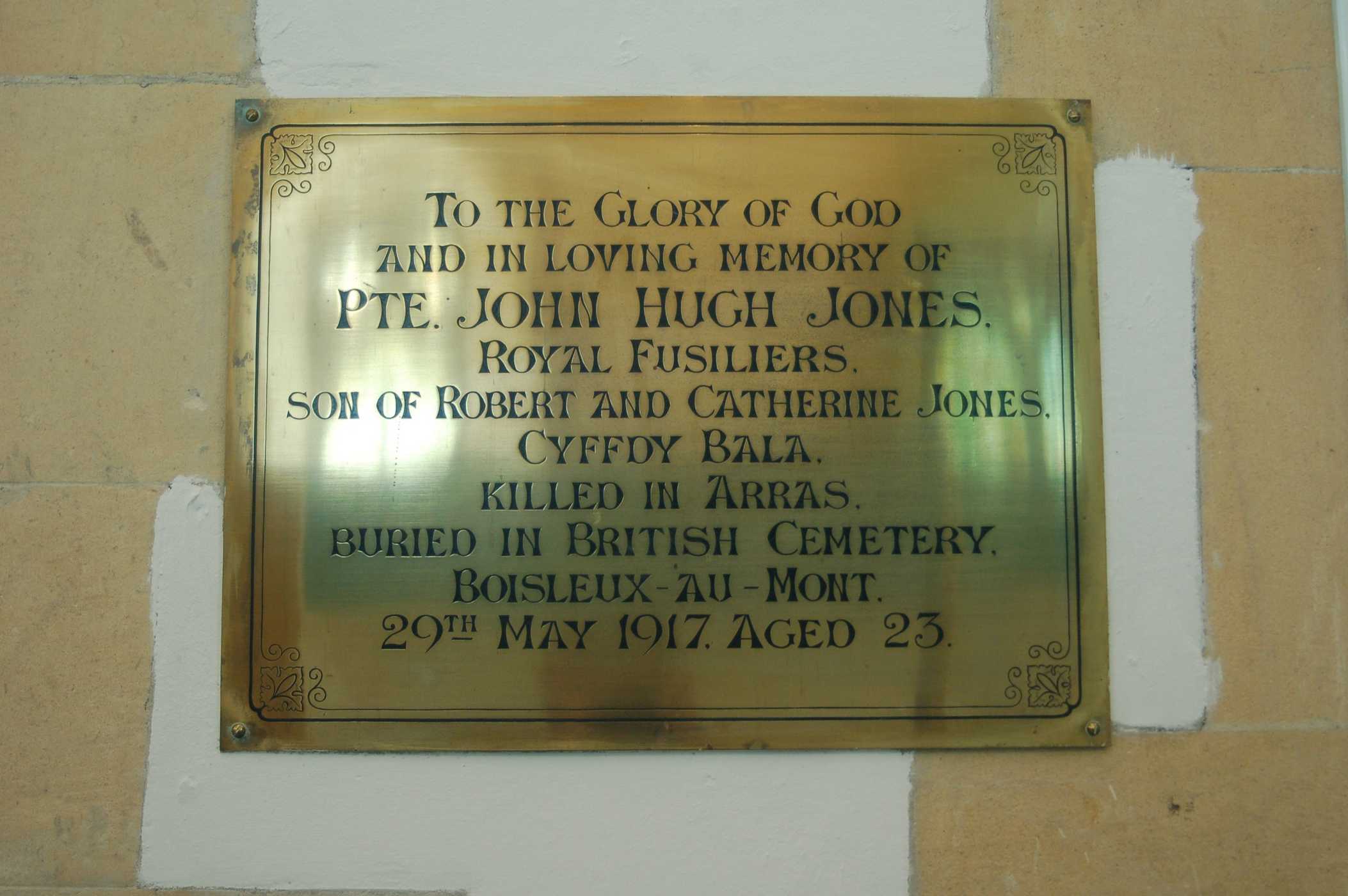
The second plaque is to Captain Rhodri Deane Owen-Jones (see next page). This plaque intrigued me as I was not familiar with the 36th Jacobs Horse.
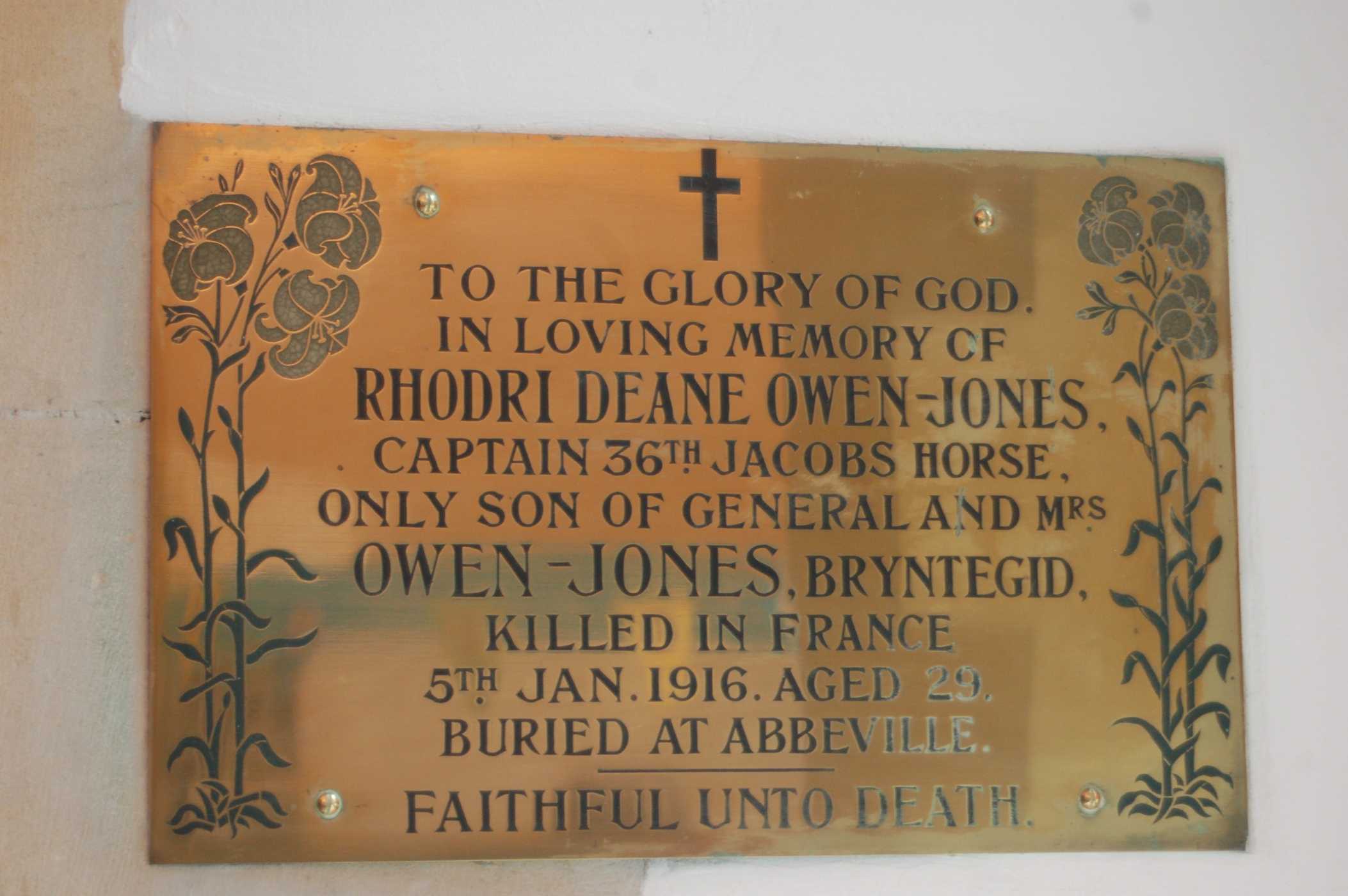
Here are some details of this officer. Rhodri Deane Owen Jones was born 1886 in Banstead, Surrey, England. He was one of six children of Robert Owen Owen Jones (1837-1926) and Harriet Elizabeth Isabella Owen Jones (1842-1922). He had five sisters: Gwladys (1880 -1969) Winifred (1881-1975) Gwen (1883 -1951) and twins Ness (1884) and Nesta (1884 -1964).
His father Robert Owen Owen Jones was a Major-General in the Royal Engineers.
De-Ruvigny's Roll of Honour 1914 - 1919 states:-
Rhodri Deane Owen Jones.
Educated Royal Military College: Passed out at Sandhurst for the Indian Army and was gazetted to the 1st Bn the South Lancashire Regiment (in India) on the 25th January 1908. Joined the 36th Jacobs Horse 19th March 1909. Promoted to Lieutenant 25th April 1910 and Captain 1st September 1915. Served with the B.E.F in France and Flanders from the 20th September 1914. Was wounded on 10th January 1915 while commanding his squadron in the trenches and invalided home (to London) for three months. He was killed in France 5th January 1916 and is buried in Abbeville.
On checking his medal card, in fact I came across two. The first issued by the government of India awarding him the British War Medal and the Victory Medal. The second medal card had correspondence noted on it. One from the officer commanding the 36th Jacob's Horse, forwarding an application for the 1914 Star. The second note from the Department of the India Office forwarding duplicates of the rolls of officers and NCO's eligible for the 1914 Star. The third note from Maj-Gen Owen Jones applies for the 1914 Star due to his son.
Also, the medal card states that Capt R.D. Owen Jones was “killed accidentally on the 5th January 1916”. A letter sent to Capt Owen Jones’ father by Major W.F.U. Green commanding officer 36th Jacob's Horse states:-
In his capacity of grenade specialist, he was conducting a grenade throwing test in one of the squadrons. During the afternoon, two grenades of a certain class failed to explode. So, at the end of the proceedings he prepared to destroy them with another kind of grenade having a time fuse, which he calculated would give him ample time to run and jump in a trench close by before the explosion took place. It can only be presumed that in striking the match of the fuse he damaged the detonator for the explosion took place instantaneously, and the poor boy must have been hit by the full force of the three grenades going off simultaneously.
36th Jacobs Horse Regiment
The regiment was raised in India in 1839 by Lt John Jacobs of the Bombay Artillery. In WWI, it was part of the 8th Cavalry Brigade which was part of the 1st Indian Division. The Long Trail states:-
Other than the Battle of Cambrai, when it helped to hold the German counter attack it was not involved in battle. It was held in reserve. It did send parties to the trenches. They could hold the line or act as pioneers.
Also in the cemetery are two even more interesting graves. The first is the grave of the Rev Thomas Charles (b 1755 - d 1814). This is the minister that Mary Jones went to in order to obtain her Welsh Bible. The Rev Charles realised the need to supply Bibles, so he with others set up the Bible Society in 1804, which is still operating today all over the world.
The second grave is of Dafydd Cadwaladr (b 1754 - d 1860). He was the father of Betsi Cadwaladr (b 1789 - d 1860). The nurse who was involved in the Crimean War (1853 -1856). On Dafydd Cadwaladr’s headstone is an inscription which reads:-
A'i Ferch
Elizabeth Davies
1789 -1860
Nyrs yn y Crimea
Cladwydd yn Llundain
Translated
And his Daughter
Elizabeth Davies
1789 -1860
Nurse in the Crimea
Buried in London
Betsi Cadwaladr is buried in Abney Park Cemetery, London.
The World of Mary Jones visitor centre is open 1st April - 2nd November every day from 10am to 5 pm.
My next trip was with the Broughton District History Group to Liverpool. Whilst the group was visiting the Liverpool Maritime Museum and the First Dock, which is situated under the Liverpool One shopping centre. I took the opportunity to look at the war memorials along the waterfront and then visit the “Western Approaches Museum”. The museum was the control centre of the officer commanding the western approaches during the Battle of the Atlantic 1939 - 1945.
The officer commanding was Admiral Max Horton (b 29 November 1883 - d 30th July 1951). He was born in the Maelog Lake Hotel, (now demolished) at Rhosneigr on Anglesey. He joined the Navy in 1898. In WWI, he was a Lieutenant Commander and commanded HMS E9, one of the first ocean going submarines.
One of his officers in WW2 was Captain Frederic John Walker (b 3rd June 1896 - d 9th July 1944), known as Johnnie Walker. Captain Walker was born in Plymouth and joined the Navy in 1909. In WW2, he commanded a flotilla of ships attacking German submarines in the Atlantic. On one famous patrol, they sank six German submarines. There is a wonderful statue of Captain F.J. Walker near the pier head at Liverpool waterfront.
The CWGC entry for Captain Walker reads:
Captain Walker, Frederic John
Died 09/07/1944
Aged 48
H.M.S. Starling
Royal Navy
C B, D S O and 3 Bars
Son of Frederic John and Lucy Selina Walker;
Husband of Jessica Eilleen Ryder Walker, of Buckfast, Devon.
Died in hospital in Liverpool,
Buried at sea from a Western Approaches destroyer.
Admiral Horton and his officers and crews play a vital role in WW2 in protecting the convoys which were a life line of our supplies.
The museum of the “Western Approaches” is situated at 1-3 Rumford St, Liverpool. Opening hours 10am to 5pm.
On the 21st of June, I visited RAF Valley on Anglesey. We were there to witness an aircraft of the 32 (The Royal) Squadron, a BA 146, been named “Lionel Rees VC”. (To be continued).
References and acknowledgements
The World of Mary Jones
CWGC
Book Review
The Arabs – a History
Eugene Rogan
Penguin 2018
This book is not a specific WWI book but does cover the WWI era and the post-WWI period. Eugene Rogan is Professor of Mo+dern Middle Eastern History at the University of Oxford. He is, in fact, American and studied both Arabic and Turkish as a young man in order to be able to deal with the source material. I heard him speak on the post-WWI era at a major conference in London in June 2019 and he was very lucid.
Starting with the pre-WWI era, there was European colonisation of North Africa, notably of Morocco by France and of Libya by Italy, both in 1912. Morocco did not gain independence from France until 1956, and Libya from Italy until 1951. However, the most violent of the decolonisation episodes in North Africa was Algeria, which had been constituted by France as an integral part of mainland France, and where the war of independence from 1954 to 1962 cost one million lives. Perhaps those in the WWI history community who huff and puff about Alsace Lorraine should reflect on those facts.
Professor Rogan’s key point about the post-WWI era is that without the meddling in this area of the so-called Great Powers, there would be no “Middle East” today and no powder keg to threaten global stability. If the Ottoman Empire had not entered into WWI, it is quite conceivable that it could still have existed today as the ruler of this region and would have exerted a stabilising control. Today’s instability results from the machinations and dividing up of the region by the Allies. If one travels around the region, the key item on the wall of any government office is the map of the country, as the countries are in many ways artificial edifices only defined by the lines drawn on a map by white men.
A surprising, to us, factor that is missing today in the Middle East countries is any recognition or commemoration of the role the Arabs played in WWI. While many people will think of TE Lawrence and the Arab revolt, there were many more Arabs in the Ottoman armies, as they had to obey their colonial master.
Oil was not a key factor at this stage, as no oil had been discovered in the Arab lands. The oil fields were in Persia which made that land strategically important, then as now. The British oil company was Anglo-Persian Oil Company, renamed British Petroleum in 1934. So, the important target of the post-WWI era was to ensure a supply of oil from Persia, not least for the Royal Navy. Indeed, the main reason that the British allowed Ibn Saud to be free of any type of British colonial interference was the belief that there was no oil in Saudi Arabia, as his country became. The author rightly describes this as a major miscalculation. The first oil discoveries in that country were made in 1938.
A major problem in the immediate post-WWI era was the totally contradictory promises that the Allies had made to different parties in the region, and the now disparate interests of the French and British governments. The British created Iraq as a country that combined Shia, Sunil and Kurds, although there were also at this time Jewish and Christian communities. It has proved a difficult mix.
The French created Lebanon as a country where the political balance was tilted to give the Christian community more power than that of the Muslim community. In short, the elections were rigged. Political offices were distributed according to religion, a process in which the Christians came out better. But the proportions were changing. It is so sensitive an issue that there has not been a census since 1932 in Lebanon, since it is obvious that a census would reveal that the Muslim population is now the more numerous.
Meanwhile in Syria, the French attempted to create four mini states, two being based on religion, that is for the Alawites and the Druze. This edifice fell apart drastically in 1925, with a major revolt after which this convoluted system of mini states was abandoned.
Perhaps the biggest mess was perpetrated by the British and is described in the chapter “The Palestine Disaster and its Consequences”, which probably says it all. The British had given totally contradictory undertakings to different groups during WWI. To quote the author:
Palestine would prove Britain’s gravest imperial failure in the Middle East, a failure that would condemn the whole of the Middle East to conflict and violence that persist to the present day.
The British mandate in Palestine had the terms of the Balfour Declaration written into its mandate (from the League of Nations). Unlike all other post war mandates, which concerned establishing the basics of self-rule, the British in Palestine were required to establish both a viable state from among the indigenous people of the land and a national home for the Jews of the world. As the author says:
“The Balfour Declaration was a formula for communal conflict”.
Overall, the book is written in very readable style and is a comprehensive account of the Middle East and North Africa over the centuries. It does run to 700 pages but then with that remit, it was never going to be a thin volume. This book is thoroughly recommended.
A Forgotten Centenary
One hundred years ago, the Royal Navy were involved in supporting independence in what today are the Baltic States – Estonia, Latvia and Lithuania. They were doing so in spite of an absence of instructions from the government and were simply doing what they thought best in the circumstances. The Russian navy was in the hands of the Bolsheviks, who were opposed to independence for the Baltic States (as incidentally were the Tsarist “White” Russians as well). A key danger for the Royal Navy was that they only had medium cruisers whereas the Russians had at least two battleships, one being a dreadnought – the Petropavlovsk. The Russians ships easily outgunned anything the Royal Navy had.
On 18th August 1919, five Royal Navy Coastal Motor Boats (CMBs) left Biorko Sound and Koivisto, both in what was Finnish Karelia and since WW2 is part of Russia, to attack the Russian fleet at the naval base of Kronstadt. It guards the sea approaches St Petersburg. They were aided by an air raid by twelve RAF planes, which probably did very little damage but caused confusion to the defenders. Four Russian ships including the Petropavlovsk were sunk (though ships sunk in a harbour can be repaired and re-floated as at Pearl Harbour in 1941, and this eventually happened to the Russian ships). Three of the CMBs were lost. CMBs were rather ad hoc torpedo boats in that the torpedo had to be lowered off the stern by a small derrick, launched with the nose facing the CMB, which then had to turn away sharply to avoid being blown up by its own torpedo!
Medal awards for the action were three VCs (Augustus Agar, Gordon Steele and Claude Dobson), three DSOs, eight DSMs, and CGMs to the ratings. When Admiral of the Fleet Lord Wemyss told the British Cabinet of the successful attack they were aghast, as they were trying to negotiate the extraction of the 18,000 men of the North Russia expedition with the Russians, but nobody had told the navy! As a footnote, there were also six British tanks and tank crews with one of the White Russian armies and as the White Russians did not want the Baltic States to be independent, the British Army and the Royal Navy were technically on opposite sides!
Photos below: Kronstadt forts today. The Russian Destroyer seems to be the only current Russian navy ship there, though there were also some hulks. St Petersburg still has a naval dockyard in the middle of the city, building submarines.
